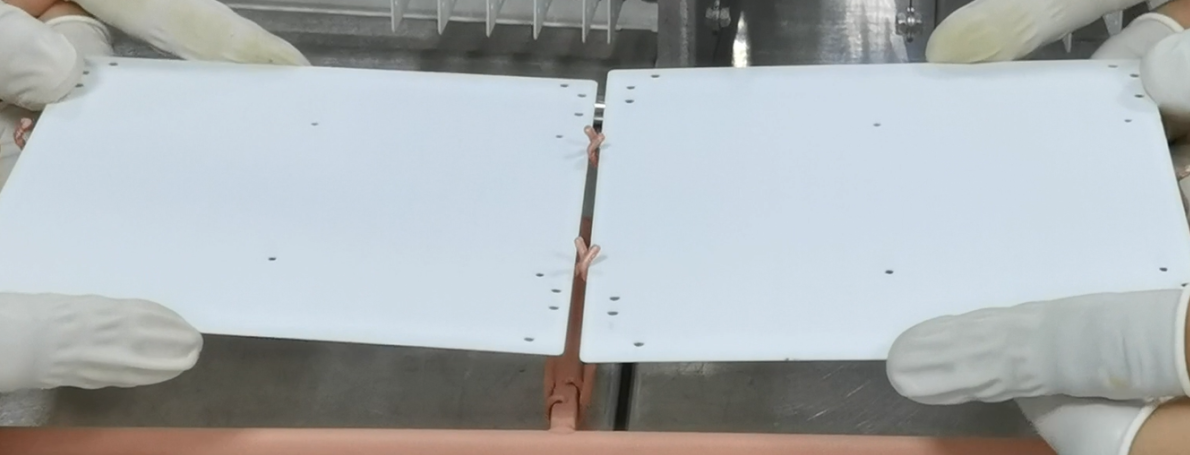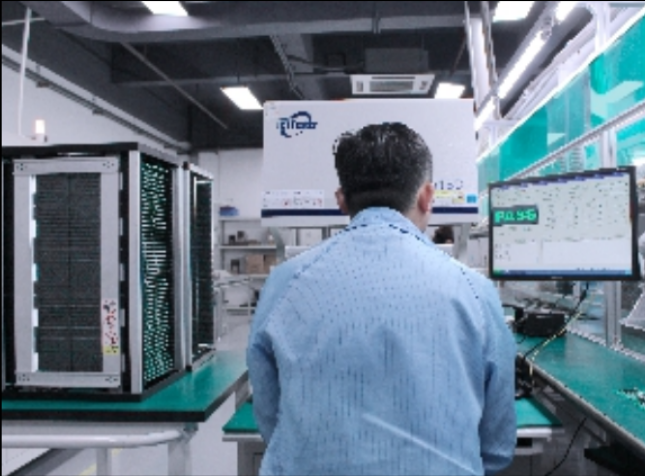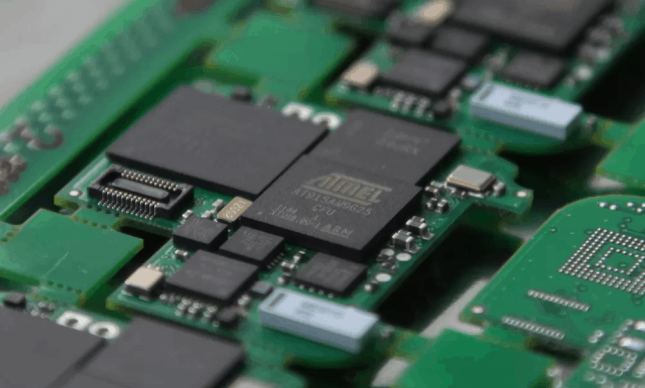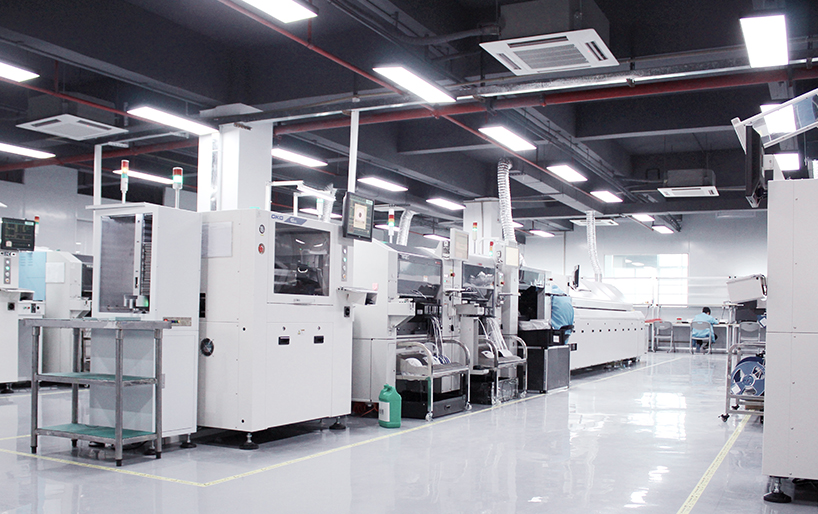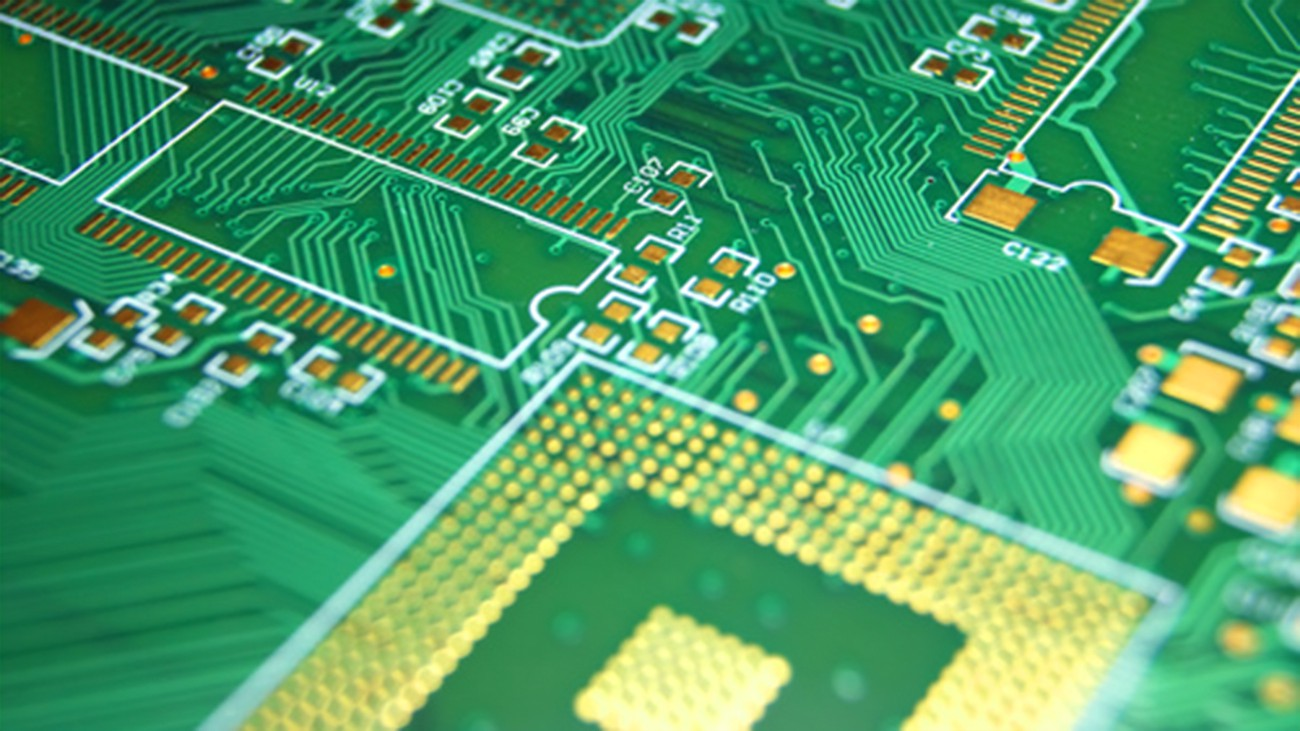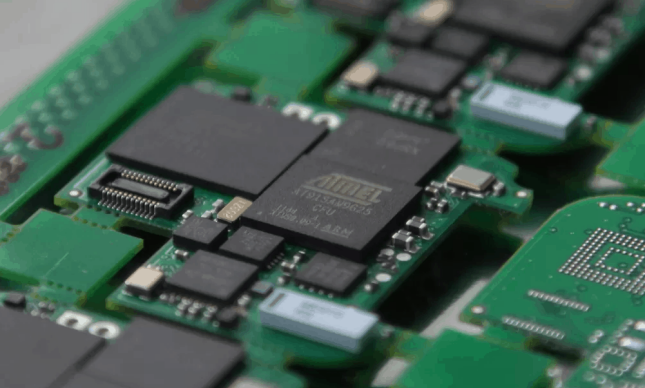
Today, we will introduce four testing methods for PCBA after SMT placement: First Item Inspection, LCR Measurement, AOI Inspection, and Flying Probe Testing.
1. The First Item Inspection system is an integrated system that allows direct input of the production BOM into the system. The built-in testing units will automatically test the first article prototype and compare it with the input BOM data to confirm whether the produced first article prototype meets quality requirements. This system is convenient, with an automated testing process that can reduce errors due to human factors. It can save labor costs, but it requires a significant initial investment. It is widely used in the current PCB SMT industry.
2. LCR Measurement is suitable for some simple circuit boards with fewer components, no integrated circuits, and only components mounted on the board. After the placement is completed, there is no need for reflow. Directly use the LCR to measure the components on the circuit board and compare them with the rated values of the components on the BOM. If there are no abnormalities, formal production can begin. This method is widely adopted due to its low cost (as long as there is an LCR instrument, the operation can be performed).
3. AOI Inspection is very common in the SMT industry and is suitable for all circuit board production. It mainly determines the soldering issues of components through their physical characteristics and can also determine whether there are any wrong component issues on the circuit board by checking the color of the components and the silk screen on the ICs. Basically, every SMT production line will be equipped with one to two AOI devices as standard.
4. Flying Probe Testing is usually used in small batch production. Its characteristic is convenient testing, strong program variability, and good universality, which can basically test all types of circuit boards. However, the testing efficiency is relatively low, and the testing time for each board will be long. This test needs to be conducted after the product has passed through the reflow oven. It mainly determines whether there are short circuits, open soldering, or wrong component issues in the circuit board by measuring the resistance between two fixed points.
Next we will learn other three testing ways about PCBA.

 English
English Español
Español Português
Português русский
русский français
français 日本語
日本語 Deutsch
Deutsch Tiếng Việt
Tiếng Việt Italiano
Italiano Nederlands
Nederlands ไทย
ไทย Polski
Polski 한국어
한국어 Svenska
Svenska magyar
magyar Malay
Malay বাংলা
বাংলা Dansk
Dansk Suomi
Suomi हिन्दी
हिन्दी Pilipino
Pilipino Türk
Türk Gaeilge
Gaeilge عربى
عربى Indonesia
Indonesia norsk
norsk اردو
اردو čeština
čeština Ελληνικά
Ελληνικά Українська
Українська Javanese
Javanese فارسی
فارسی தமிழ்
தமிழ் తెలుగు
తెలుగు नेपाली
नेपाली Burmese
Burmese български
български ລາວ
ລາວ Latine
Latine Қазақ
Қазақ Euskal
Euskal Azərbaycan
Azərbaycan slovenský
slovenský Македонски
Македонски Lietuvos
Lietuvos Eesti Keel
Eesti Keel Română
Română Slovenski
Slovenski मराठी
मराठी Српски
Српски 简体中文
简体中文 Esperanto
Esperanto Afrikaans
Afrikaans Català
Català עִברִית
עִברִית Cymraeg
Cymraeg Galego
Galego 繁体中文
繁体中文 Latvietis
Latvietis icelandic
icelandic יידיש
יידיש Беларус
Беларус Hrvatski
Hrvatski Kreyòl ayisyen
Kreyòl ayisyen Shqiptar
Shqiptar Malti
Malti lugha ya Kiswahili
lugha ya Kiswahili አማርኛ
አማርኛ Bosanski
Bosanski Frysk
Frysk ជនជាតិខ្មែរ
ជនជាតិខ្មែរ ქართული
ქართული ગુજરાતી
ગુજરાતી Hausa
Hausa Кыргыз тили
Кыргыз тили ಕನ್ನಡ
ಕನ್ನಡ Corsa
Corsa Kurdî
Kurdî മലയാളം
മലയാളം Maori
Maori Монгол хэл
Монгол хэл Hmong
Hmong IsiXhosa
IsiXhosa Zulu
Zulu Punjabi
Punjabi پښتو
پښتو Chichewa
Chichewa Samoa
Samoa Sesotho
Sesotho සිංහල
සිංහල Gàidhlig
Gàidhlig Cebuano
Cebuano Somali
Somali Точик
Точик O'zbek
O'zbek Hawaiian
Hawaiian سنڌي
سنڌي Shinra
Shinra հայերեն
հայերեն Igbo
Igbo Sundanese
Sundanese Lëtzebuergesch
Lëtzebuergesch Malagasy
Malagasy Yoruba
Yoruba




